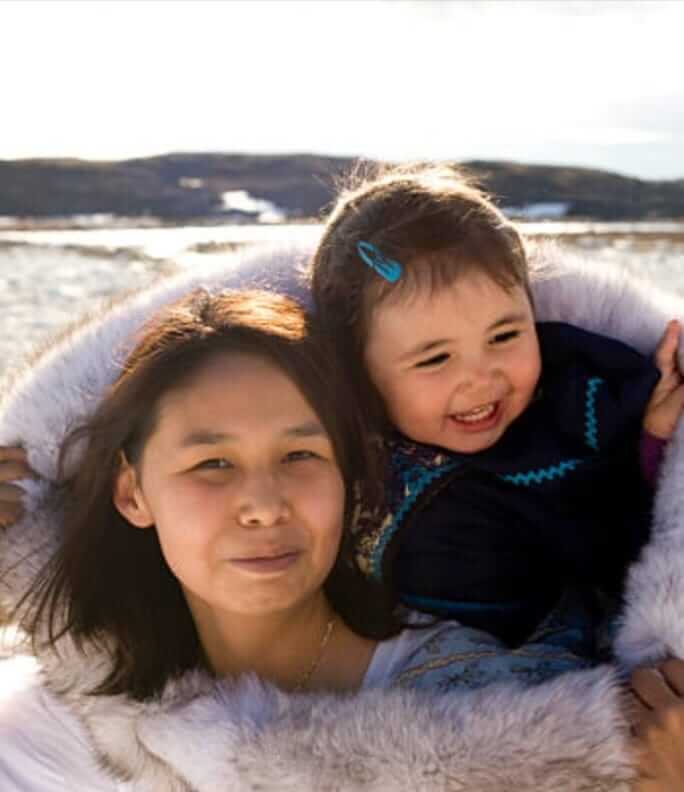Nunavut Culture carries Rich Traditions
By Pak Chronicle Web Desk
Nunavut is a territory located in northern Canada, covering a vast area of approximately 2 million square kilometers which carries rich traditions and unique values.
It is home to a unique and vibrant culture that has been shaped by the harsh Arctic environment, as well as the traditions and values passed down through generations of Inuit peoples.

The Inuit people have lived in Nunavut for thousands of years and have developed a deep connection with the land and the wildlife that sustains them. Hunting, fishing, and gathering are still essential to their way of life, and these activities are carried out with great respect for nature and its cycles.
One of the most prominent aspects of Nunavut culture is the art produced by its people. Inuit art is highly sought after by collectors around the world and is known for its intricate carvings, sculptures, and prints. These works often depict animals and scenes from daily life and are created using traditional tools and techniques.
Different aspects of Nunavut Culture:
Music and storytelling are also important elements of Nunavut culture. Inuit throat singing is a unique style of music that involves two women standing face to face and creating a rhythmic, guttural sound by rapidly inhaling and exhaling. This form of singing was historically used as a way for women to entertain themselves during long periods of darkness in the winter months.
Traditional storytelling is another way that Inuit culture is passed down through generations. Elders often share stories that teach important values and provide insight into Inuit history and mythology. These stories are also an important way for younger generations to connect with their heritage.
Language of Nunavut Culture:
Another significant aspect of Nunavut culture is the language spoken by its people. Inuktitut is the primary language spoken in the territory and is used by around 70% of the population. The language has a complex grammar system and includes many words that are specific to the Arctic environment and Inuit culture.
Religion and Nunavut culture: Religion also plays a role in Nunavut culture. While many Inuit people have adopted Christianity, traditional Inuit beliefs and spirituality remain important. The concept of “inua” refers to the spiritual essence that exists in all living and non-living things, and is a central part of Inuit spirituality.
Nunavut Culture resilience:
Despite the many challenges faced by Inuit communities, including the effects of climate change and the ongoing impact of colonialism, Nunavut culture remains resilient and strong. The territory has a unique and diverse cultural heritage that continues to be celebrated and passed down through generations.
A member of the indigenous people of northern Canada and part of Greenland and Alaska is called Inuit.
The Inuit have been peacefully living in their native areas for so many centuries when the Canadian government decided something for them which wasn’t suiting them.
These people have their own lifestyle and culture which has evolved in so many centuries. They were immune to the local environment but a decision of the Canadian government to relocate them had drastic changes on their lifestyle.
The Canadian government in the early 1950’s forcibly moved some clans from northern Quebec to other places.
As a result of this move of the government many people starved and they faced numerous difficulties while getting immune to their new environment.
However, after around 60 years, the Canadian government in 2010 formally sought apology for this forceful move of it which had caused immense miseries for Inuit.
Later on in 1976, a discussion had been initiated for a separate territory for Inuit and deliberation on it was made for around two decades.
In 1992 an official agreement was formalized for this purpose and the Nunavut Land Claims Agreement became the law in 1993. Same year Nunavut got the status of a separate territory.
Ends



